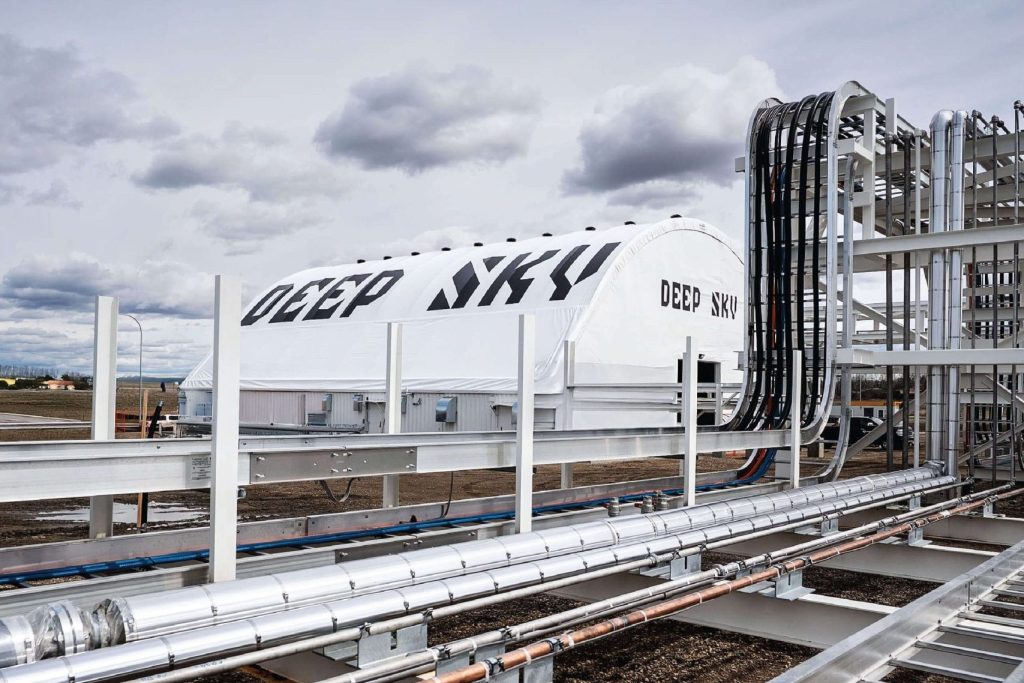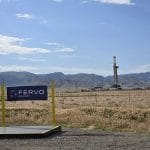Deep Sky to Build 500,000-Tonne Carbon Removal Facility in Canada

- Deep Sky’s new Manitoba facility will remove up to 500,000 tonnes of CO₂ annually, making it one of the world’s largest carbon removal sites.
- The project leverages Manitoba’s clean hydroelectric grid and new CO₂ storage legislation, positioning the province as a North American carbon removal hub.
- The initiative includes collaboration with the Dakota Nations of Manitoba, integrating Indigenous economic participation into Canada’s emerging carbon removal sector.
Canada Expands Its Carbon Removal Frontier
Deep Sky, the Montreal-based carbon removal project developer, has selected Manitoba as the site for one of the world’s largest carbon removal facilities. The project, Deep Sky Manitoba, will target an annual capacity of 500,000 tonnes of CO₂ removal once fully operational, building on Canada’s growing position in engineered carbon sequestration.
The development represents a major step toward scaling carbon removal technologies capable of offsetting industrial emissions at climate-relevant levels. Construction of the facility’s initial 30,000-tonne phase is scheduled to begin in 2026, representing an investment exceeding USD 200 million.
A Province Positioned for Carbon Storage
Southwestern Manitoba offers an ideal geological and energy profile for carbon storage and direct air capture (DAC) operations. The province’s deep saline formations are suitable for permanent CO₂ sequestration, while its hydroelectric grid provides a near-zero-emission power source essential for operating removal technologies without negating their impact.
To support such ventures, Manitoba’s government passed enabling legislation in 2024 to allow CO₂ storage, with further regulatory details expected later this year. “Manitoba is proud to be advancing a new frontier in industrial innovation,” said Jamie Moses, Minister of Business, Mining, Trade, and Job Creation. “This project reinforces our leadership in climate action while building a modern, advanced economy.”
Partnership with Dakota Nations
Deep Sky’s expansion into Manitoba is also rooted in collaboration with Indigenous partners. The company signed a Declaration of Relationship with the Dakota Grand Council, representing the Dakota Nations of Manitoba, to explore investment and partnership opportunities in line with Indigenous sustainability strategies.
“On behalf of our Dakota Oyate, including our Tribal Partners in the U.S., we are proud to announce our partnership with Deep Sky,” said Chairman Raymond Brown of the Dakota Grand Council. “Our economic strategy is to invest in sectors that align with our vision of a sustainable future. Deep Sky shares that vision.”
This collaboration adds a governance dimension often missing from industrial-scale carbon projects, ensuring Indigenous participation in decision-making and benefits sharing.
Economic and Industrial Impact
The first construction phase of Deep Sky Manitoba is expected to generate local employment and supplier opportunities across southwestern Manitoba. The company projects that its investment will spur direct and indirect job creation, alongside long-term benefits from the region’s integration into a global low-carbon economy.
Deep Sky is currently evaluating several potential sites in the province, engaging municipal, Indigenous, and community stakeholders in its selection process. Drilling of the first CO₂ storage well is planned for later this year, following final site confirmation.
RELATED ARTICLE: Deep Sky Secures First DAC Offtake Deal with Rubicon Carbon
“Southwestern Manitoba perfectly embodies what the carbon removal industry needs to succeed: ideal geology, clean energy, a skilled workforce, and forward-thinking leadership,” said Alex Petre, Deep Sky CEO. “This isn’t just one of the world’s largest carbon removal facilities—it’s the foundation of an industry that will reshape our economy and our planet.”

Linking Technology and Policy
Deep Sky’s tech-agnostic model distinguishes it from traditional DAC developers. Its first operational site, Deep Sky Alpha in Alberta, hosts up to ten different DAC technologies with a combined removal capacity of 3,000 tonnes per year. The company plans to use performance data from Alberta to optimize technology selection and reduce deployment risks for the Manitoba project.
Parallel developments in Quebec and Alberta illustrate Canada’s broader strategy to establish itself as a global carbon removal hub, leveraging its renewable power and supportive regulatory frameworks.
A Role in the Global Net-Zero Equation
The global carbon removal sector is forecast to expand into a multi-trillion-dollar market as countries and corporations seek to meet net-zero commitments. Estimates suggest that between 6 to 10 billion tonnes of CO₂ will need to be removed annually by 2050 to meet the goals of the Paris Agreement.
By pairing industrial innovation with Indigenous partnerships and clean energy infrastructure, projects like Deep Sky Manitoba position Canada as one of the few jurisdictions capable of scaling permanent CO₂ removal solutions.
As Petre put it, “Canada has the opportunity to become the carbon removal capital of the world—and capture the jobs, technology leadership, and economic opportunity that will come with it.”
Follow ESG News on LinkedIn












